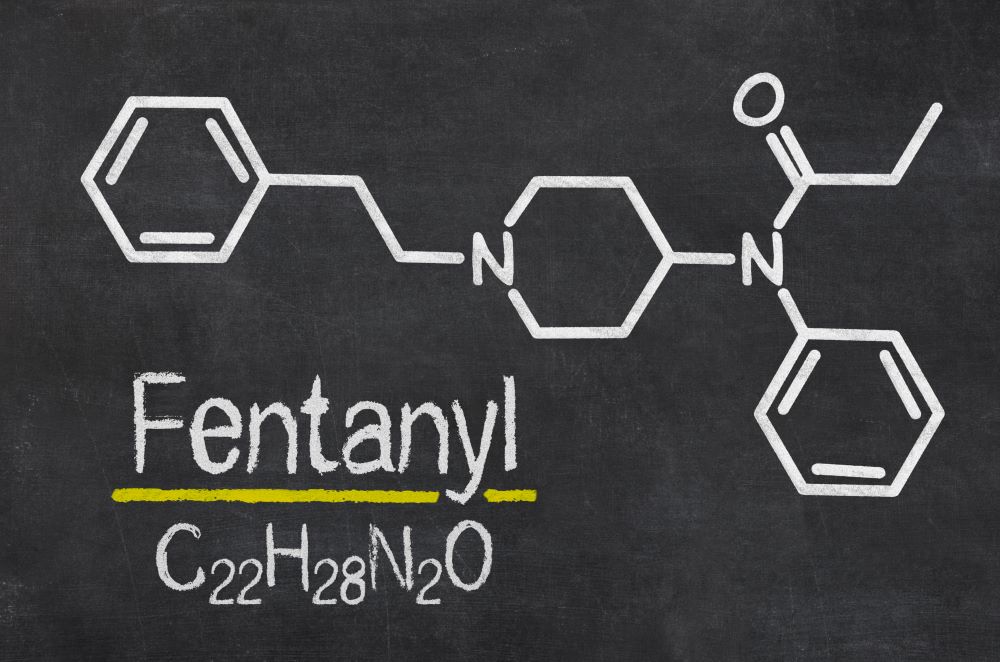Sacramento, California — In response to the recent alarming spike in fentanyl deaths, every public school in California will soon be required to provide school staff members with training on opioid prevention and life-saving response under a formal plan known as a Comprehensive School Safety Plan or CSSP.
On Friday, California Governor Gavin Newsom signed SB 10, a new law implementing these requirements. Additionally, the bill establishes a state framework to ensure that all students and adults understand the growing risk of youth fentanyl exposure, and have access to the resources needed to prevent and respond to fentanyl poisoning and overdoses.
SB 10 is named in honor of Melanie Ramos, a 15-year-old who overdosed on fentanyl and died in the bathroom of her high school in Hollywood, California last year. Melanie and her friend had no idea they were taking fentanyl.
Investigators believe Ramos and her friend purchased a pill containing fentanyl from another youth at nearby Lexington Park, believing it was the prescription painkiller Percocet. The students then took the drug on campus and lost consciousness.
“Melanie was an amazing, talented young person. Her memory lives with her friends and family, and her legacy will be felt across California. I miss her dearly, but her memory and my love for her has given me the strength to speak so that other mothers will not have to suffer what I am suffering,” said Elena Perez, mother of Melanie Ramos, in a statement from State Senator Dave Cortese (D-San Jose). “I thank Governor Newsom for signing Melanie’s Law. I ask every middle and high school employee in California to do the overdose prevention training and have Narcan available. Let’s please protect every young person.”
SB 10 was inspired by the Santa Clara County Fentanyl Working Group. The working group aims to combat fentanyl’s impact through a multifaceted strategy, including raising awareness of its dangers in schools and providing life-saving opioid reversal medication.
“We started The Fentanyl Working Group in Santa Clara County almost two years ago after a 12-year-old died of fentanyl poisoning, and the person who gave her the pill was arrested. Within a few months, we had Narcan in almost every school district and training sessions underway,” said Santa Clara County Supervisor Cindy Chavez, co-chair of Santa Clara County’s Fentanyl Working Group. “When dealing with a crisis, there’s no time to waste. That’s why we are expanding our distribution of Narcan in concert venues, bars, restaurants, and by mail order. Additionally, we’re expanding prevention and public awareness campaigns tailored for youth and young adults, and increasing the training of physicians in drug prevention and addiction. We are using opioid lawsuit settlement money to fund much of the expansion.”
A study published in JAMA in April 2022 found that teen overdoses doubled from 2010 to 2021. The study’s authors say the soaring overdose deaths are due to the increasing risks of the drugs themselves. More than 75% of adolescent overdose deaths in 2021 involved fentanyl.
The deaths of Ramos and other teens in southern California prompted the Los Angeles Unified School District last year to provide all of its campuses with doses of naloxone, which rapidly reverses an overdose from opioids, including fentanyl, heroin, and prescription opioid medications. Also known by the brand name Narcan, the medication comes as a nasal spray or an injectable and can be administered without medical training, according to the CDC.







